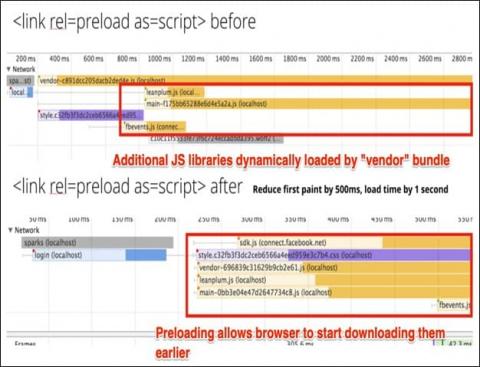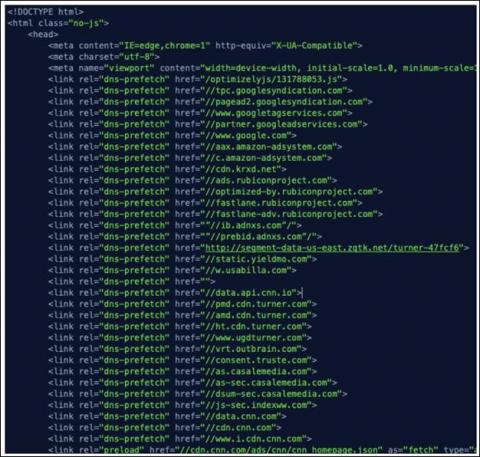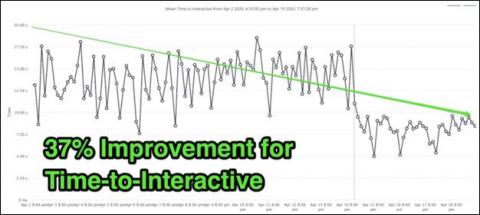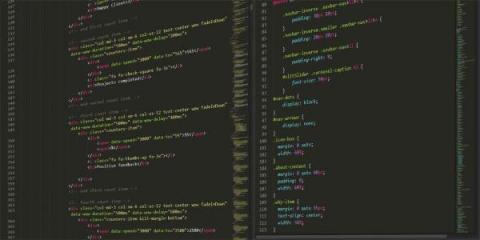Network Configuration, Monitoring and Management Explained
Network configuration entails setting up your network to support local or remote network communication. This configuration allows for wired or wireless connection and entails the installation of network hardware, software, and devices. In this article, let’s take a look at network configuration, including the benefits, various types and tools, and how to monitor and manage the network.











